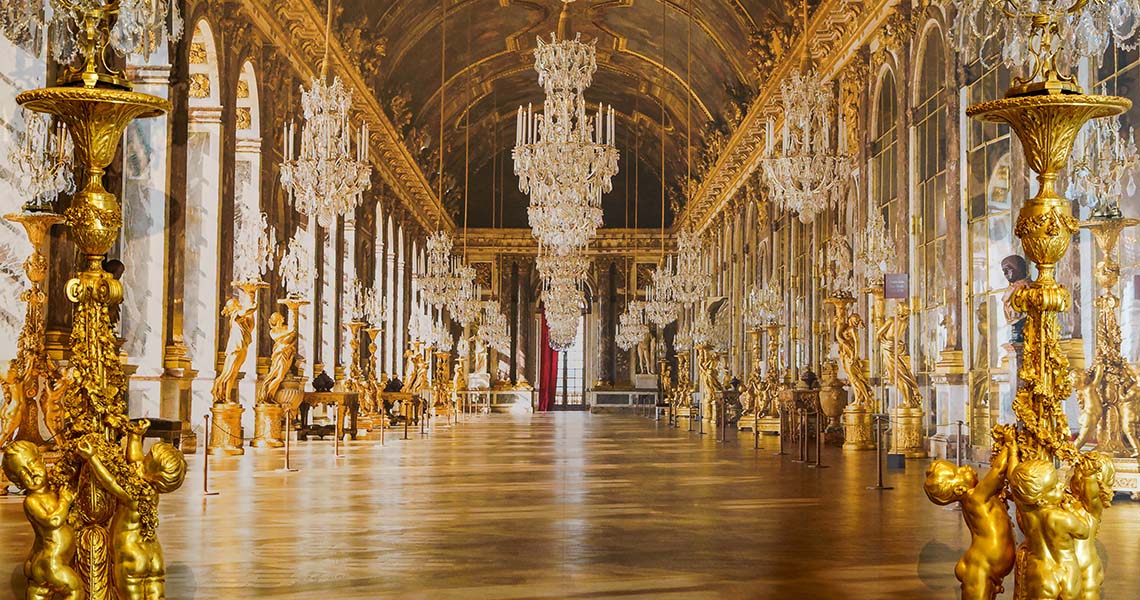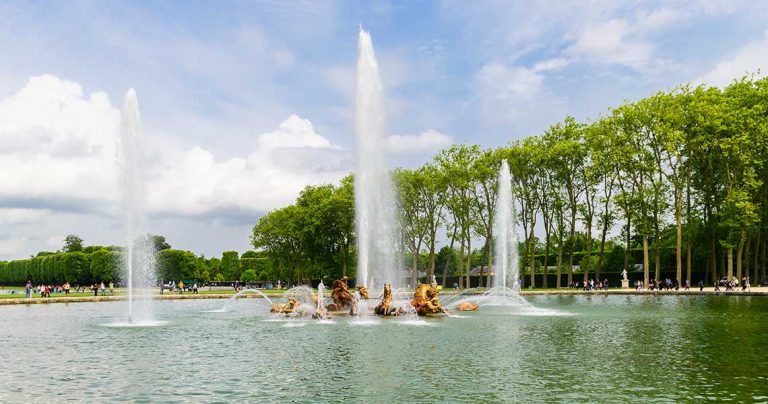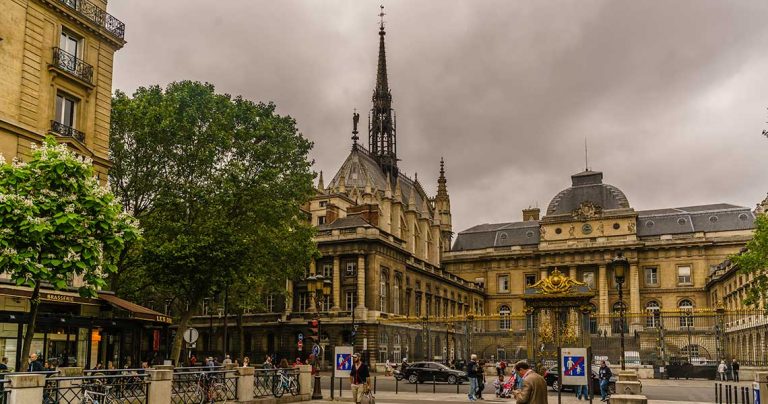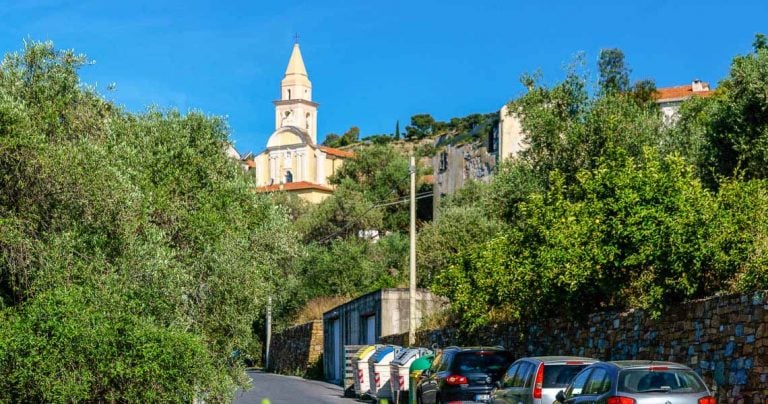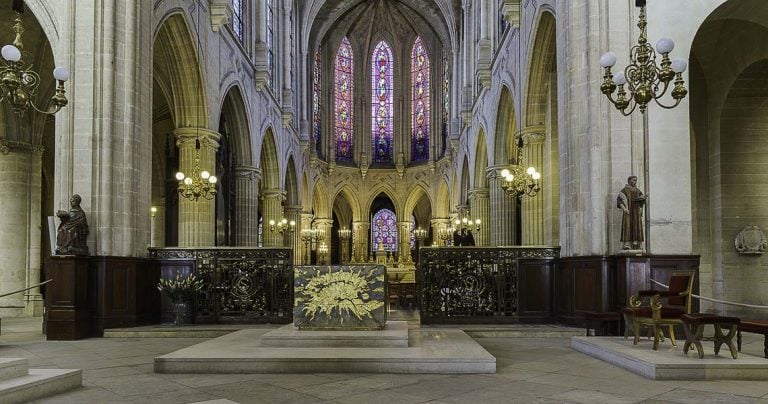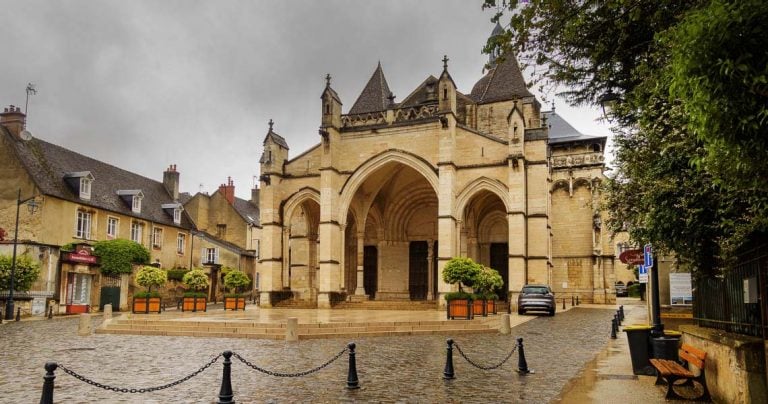Versailles: Treasures from the Palace
Getting a decent view of the works of art while visiting the Palace of Versailles is an exercise in futility. Try standing back in the Palace to gain an appreciation of a six-metre-long tapestry without a bunch of noisy school kids or intrepid tourists getting in the way.
Well, it was possible, but not at the Palace of Versailles. Instead, it was in Canberra, Australia, that you could get the best view. That’s right. The grandeur of the Palace of Versailles came to Canberra at the National Gallery of Australia, at least temporarily, in 2017.
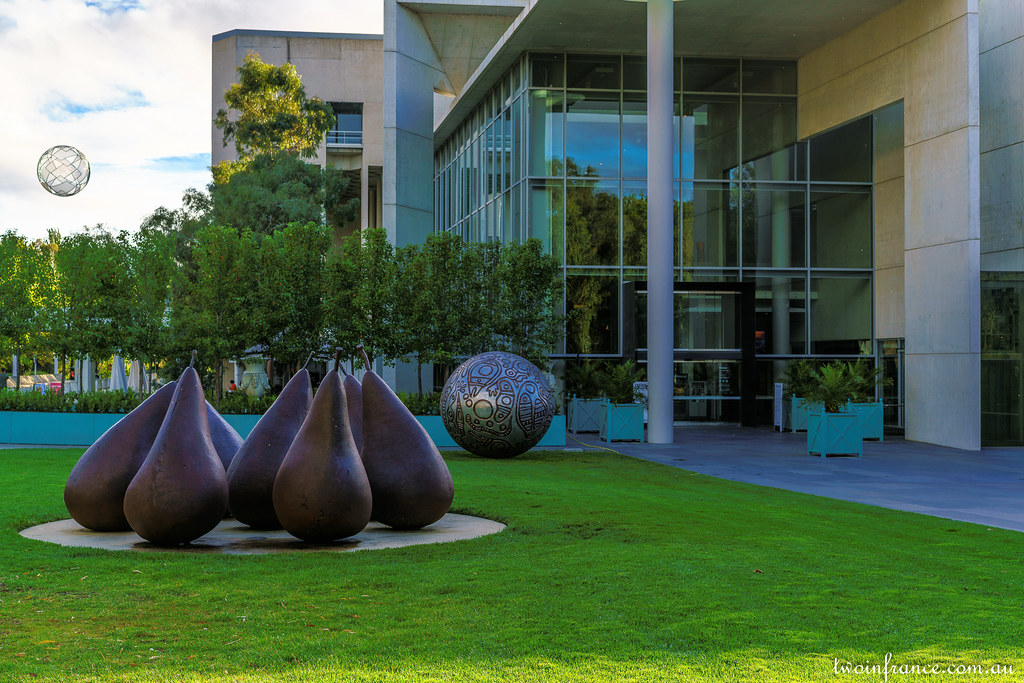
For the first time, more than 130 treasures, including royal paintings, intricate tapestries, luxurious gilded furniture and objects from the famous Hall of Mirrors, travelled from France to entice visitors into a world of power, passion and luxury through this significant exhibition.
“Every object tells a story evoking the lives, loves, tastes and ideas of the kings, queens, mistresses and courtiers who lived at Versailles through so many great moments in French history,” NGA director Gerard Vaughan said.
This grand tapestry is by far the largest work made for the interior of the Palace of Versailles, measuring a massive six metres long. Part of a series of wall hangings made for the monarchy by the great Gobelins workshop, it includes incredible detail depicting important events in the life of the King.

This bust of Louis XIV is a significant work of art. Aside from its great value, it depicts the face of the King responsible for the largest Palace ever built. To place this into perspective, Buckingham Palace would fit into the grounds of Versailles many times over. It was the grandest of visions realised by the power-hungry Louis XIV, who referred to himself as the Sun King.
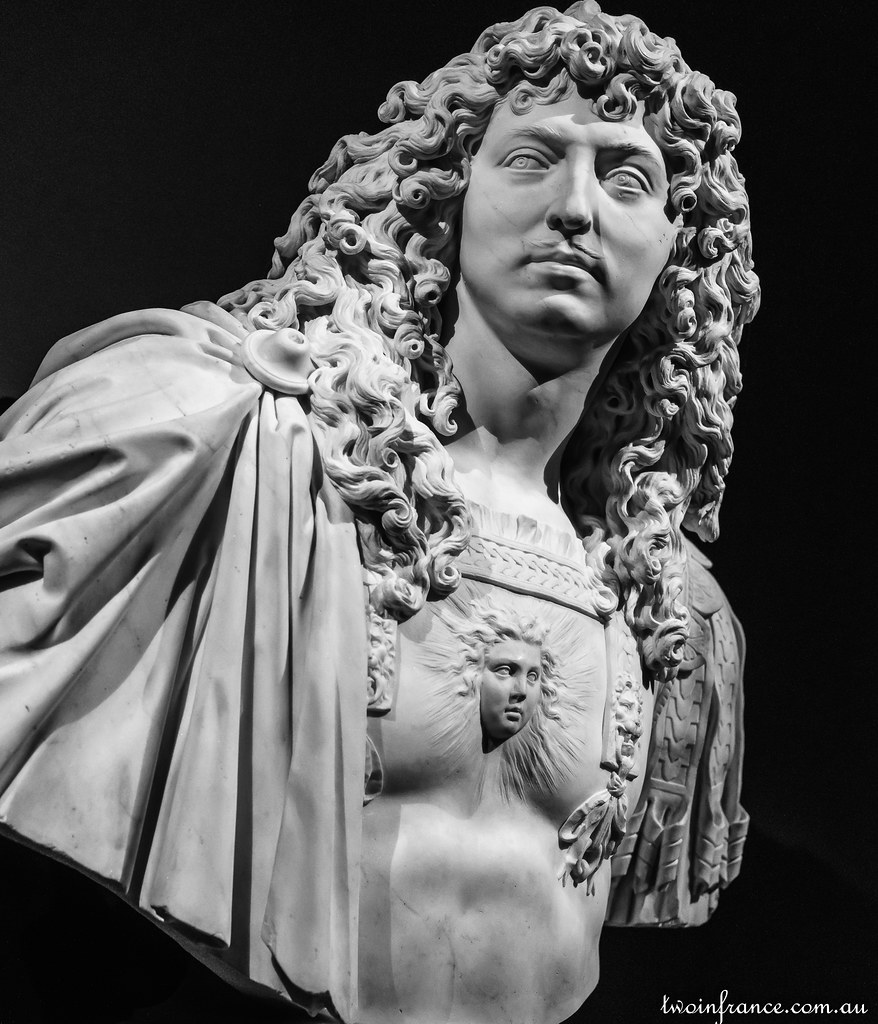
This magnificent statue of Latona and her children was the centrepiece of one of the central fountains in the formal gardens at the Palace of Versailles. A specialised freight plane transported the entire 1.5-tonne statue to Australia in three pieces. A Versailles restorer reassembled the pieces in Canberra using a mixture of the same marble dust to make the joins invisible. Don’t think that the Latona Fountain in the Versailles Gardens was now missing its famous statue. A copy in 1980 replaced the fountain you see today at Versailles.

Marie-Antoinette is synonymous with the opulence of Versailles. The luxury of her fashion, possessions and lifestyle knew no bounds. The Queen commissioned several portraits of herself but was never satisfied with them until she found a painter who she felt could accurately capture her likeness. This formal portrait by Élisabeth Louise Vigée Le Brun catches the youthfulness, grace and radiance of the 22-year-old Queen.

And as if to remind Australians how close they came to being a French colony, the exhibition included a painting by Nicolas-André Monsiau (1754-1837). The painting depicts Louis XVI instructing Jean-François de Galaup, Count of La Pérouse, to lead an expedition into the Pacific and chart new territories. La Perouse left Brest in 1785 and arrived off Botany Bay, Australia, in January 1788. However, Captain Arthur Phillip and the First Fleet were already there establishing a settlement. The French stayed at Botany Bay for six weeks and built a stockade, observatory and garden for fresh produce on what is now known as the La Perouse peninsula.
Contrary to popular belief, the French did not have orders to claim Terra Australis for France. The arrival of the French ships and their meeting with the British expedition was friendly and cordial. La Perouse subsequently sent his journals and letters to Europe with the British ship Sirius. After six weeks at Botany Bay, La Perouse departed for New Caledonia in March 1788. Unfortunately, La Perouse never returned to France, with the French ships wrecked off the Solomon Islands. Their remains were only discovered many years later, in the 1820s.
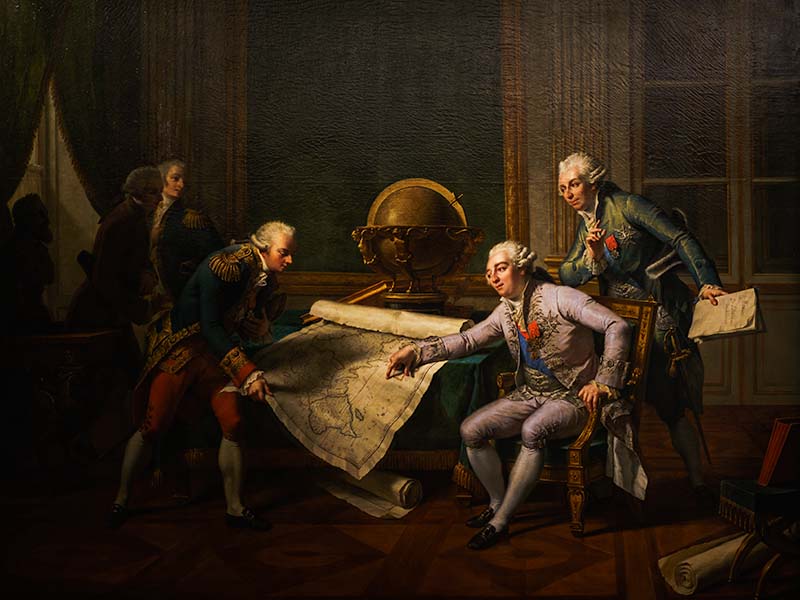
To create an immersive and unforgettable experience, the National Gallery of Australia worked exclusively with the master perfumer, Francis Kurkdjian, to scent the foyer of the exhibition space with a fragrance inspired by Louis XIV.
For Versailles tragics, like Ricki and I, this exhibition was an oasis in the desert. At last, we could get up close and personal with the Palace of Versailles and linger as long as we liked without being pushed along by the next tour group.
National Gallery of Australia
Parkes Place, Parkes, Canberra ACT 2600 AUSTRALIA
+61 2 6240 6411
[email protected]
Open every day: 10.00 am – 5.00 pm
nga.gov.au/

